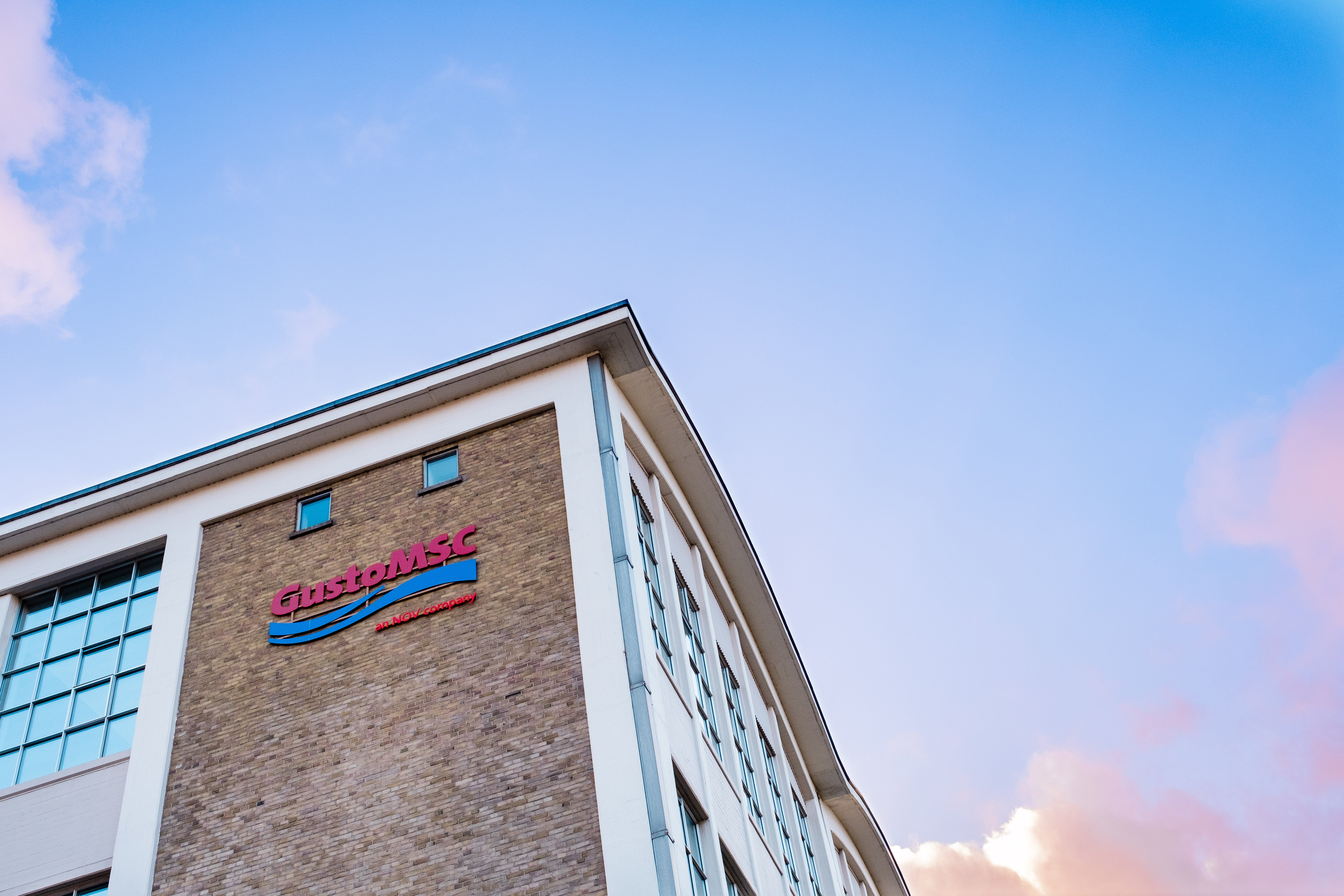Podcast
Catching Wind: An Introduction to GustoMSC – Part 2
With guests Andries Hofman and Thomas Lerchenmüller
Sep 12, 2024
Hidden in the industrial area of a shipyard in Schiedam, Netherlands, the Nieuwe Maas flowing quietly in the distance, is an unassuming building with "GustoMSC" proudly standing atop the roof. What the average passerby might not realize is that the company's maritime roots stretch back more than 150 years, starting with a machine factory and iron foundry and moving forward through the decades into some of the energy industry's most important and iconic offshore developments. Join NOV Today host Michael Gaines as he talks with Andries Hofman and Thomas Lerchenmüller, design and engineering experts at GustoMSC, about fostering a culture of innovation and creativity that builds on the company's legacy while allowing the team to continue growing in new and exciting directions.
